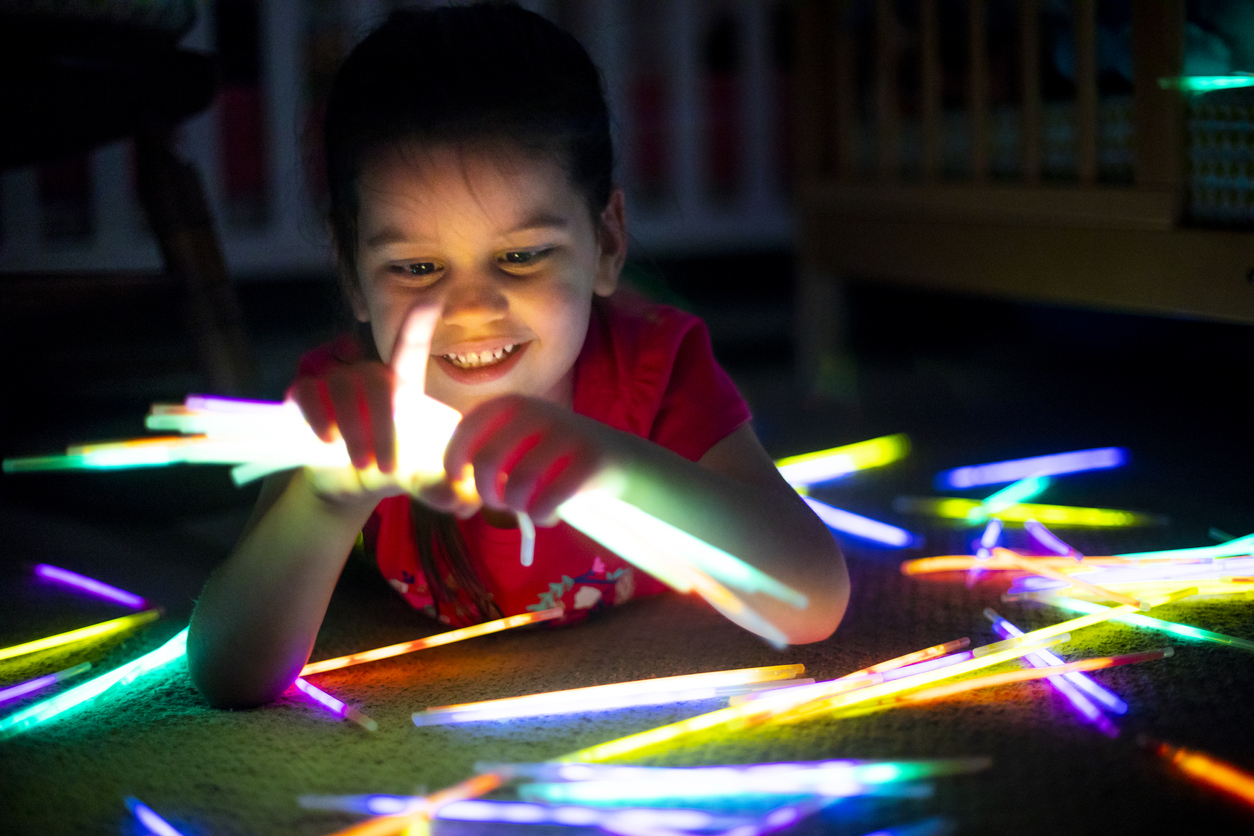
10 No-Screen STEM Projects for Kids
January 23, 2021The research is clear on the benefits of STEM education for children. STEM helps kids’ cognitive development and builds skills that they’ll use for the rest of their lives. Furthermore, it helps prepare them for a rapidly evolving economy in which STEM jobs are some of the best paying and most abundant.
However, it can be challenging to find good STEM education that doesn’t come from a screen mounted inside a plastic enclosure. As good and useful as many of the STEM apps and games designed for kids are, they don’t provide the same hands-on experience as many of the classic STEM projects.
Below, we’ll show you 10 projects that can help your kids develop STEM skills without staring at a screen all day.
Table of Contents
1. Coin Battery
Using just a few coins, paper towels and a small amount of vinegar and salt, kids can turn coins into an amazing working battery. It’s surprisingly simple: Create a stack of pennies and nickels, interspersed with paper towels, and use a vinegar-salt solution to act as an electrolyte. Make sure you have a multi-meter on hand to take electrical readings to show kids that their battery really works!
2. Marble Roller Coaster
A marble roller coaster offers an awesome opportunity to introduce kids to the world of physics and let them express their creativity at the same time. The basic idea is to get a marble from one point to another using a series of slides, towers, tubes and whatever else they can build from household items. Angles, momentum, gravity and other key physics concepts are all on the menu in this fun experiment.
3. Fort Building
Building a fort is a classic activity that many parents will remember from their own childhoods—but did you realize you were building STEM skills all along? Fort building helps kids learn the basic principles of creating a structure that stands on its own and encourages the creative use of household materials. If you’d rather your kids didn’t use the traditional couch cushions and bedsheets, lots of great fort building kits are available online that give kids an all-in-one package for creating cool forts.
4. Making Slime
Slime is easy to make, tons of fun to play with and can provide educational opportunities to learn about basic chemistry. There are many different slime recipes available online, but most of them use simple household ingredients like white glue, food coloring and Borax to create slippery, squishy slime. Other awesome variants of the slime include rainbow slime and even slime that can be manipulated with magnets!
5. Jigsaw Puzzles
A jigsaw puzzle isn’t just a fun and classic toy. It also teaches kids about patterns, visual recognition and critical thinking. Next time your kids need some screen-free fun on a rainy Saturday, bust out some jigsaw puzzles and solve them together. Grab some puzzles that feature great art to simultaneously give kids a little bit of art history and color theory.

6. Backyard Microscope Adventure
Microscopes are a relatively inexpensive tool that can help kids see the crazy things that exist right in their own neighborhood. A great way to complement studies of ecosystems and biology is to grab some microscope slides and go hunting for interesting specimens in the backyard—bugs, plants or whatever else you can find! For younger or less patient kids, a handheld microscope is an excellent option because it’s easy to use and doesn’t require slide preparation.
7. Egg Drop Challenge
The egg drop challenge is a staple of elementary and middle school science because it teaches kids about important physics concepts while being genuinely fun. The idea is simple: Try to build a structure (from popsicle sticks, cotton balls, tape, old junction boxes or whatever else is available) that will protect an egg from shattering when dropped from a high place. The project offers tons of opportunities for creativity in designing a structure, and it’s easy to scale up for older kids. Try dropping the eggs from a rooftop for a real challenge!
8. Terrarium Building
Building a terrarium is a great project to teach kids of all ages about ecosystems. You only need a small glass jar, a few hardy plants and basic gardening supplies like potting mix and gravel. Then, you and your kids will work to combine these elements into a tiny functioning ecosystem that can also be decked out with fun decorative elements. Plus, when the terrarium is complete, you’ve got a fun homemade decoration!
9. Sink or Float Test
The sink or float test is a great project for younger kids that incorporates important physics concepts. Take a selection of small household objects that won’t be damaged by water and predict whether they’ll sink or float. Then, it’s time to put your theories to the test! Grab a small tub of water and observe which objects sink or float. Talk about which objects surprised you by sinking or floating and use the opportunity to learn more about these objects and their physical properties.
10. Ice Cream in a Bag
Finally, here’s a project that will appeal to everyone’s sweet tooth. All you need to create homemade ice cream is some ingredients that are available in most kitchens, such as sugar, salt, ice, freezer bags and measuring cups. When the ingredients are combined in the right order and the right amounts, they undergo an amazing transformation into ice cream! This is the perfect experiment to introduce kids to chemistry. Just don’t be surprised if you find them sneaking their own ice cream before dinner.

There’s one final key ingredient: Your own knowledge about science and technology! Make sure that you’re familiar with the core concepts behind each experiment before you and your kids try them. Because if there’s one thing that’s for sure, it’s that these experiments will pique children’s natural curiosity and lead to a whole lot of questions about the natural world around them.











